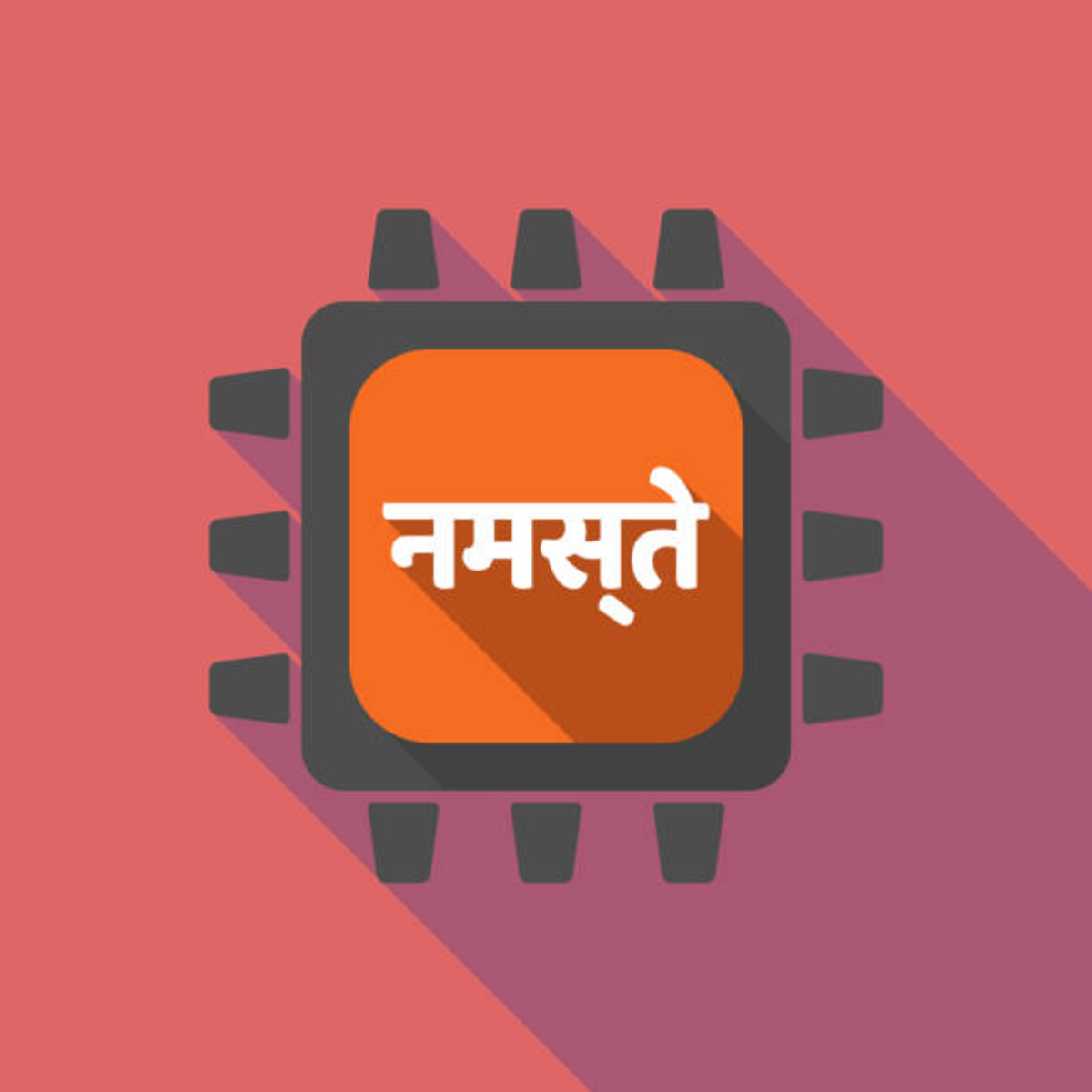What is CPU in Hindi?
CPU ke sabhi components se milk bnaye hai, is duusre unit ka dalo me kssmtaa transfer hone hai dalo pr data, instruction aur result ko handle kraal.
This article will explain what CPU easily is in hindi for all the readers. So please read it. It will be helpful for you in the future.
Definition
The central processing Unit is a part of the processor that carries out all the computational tasks. It is also referred to as the primary unit of the CPU. It is responsible for executing the instructions that are given to it by the memory unit. Besides, it is also responsible for interpreting the input data.
The primary function of the CPU is to perform complex mathematical operations such as addition, subtraction, multiplication, and division. It can also carry out logic (taarkik) operation such as comparing(tulna krna), selecting(cunaav krna), matching(milaa denaa), and merging(milaa dena).
Various arithmetic operations are performed by the CPU, including integers, decimal numbers, binary numbers, and hexadecimal numbers. It can also handle floating point numbers, complex numbers, and trigonometric functions.
The CPU can run multiple programs at the same time. This is because it has many cores that can process the same instruction simultaneously. Moreover, the CPU has an architecture that makes it fast and efficient in handling these tasks. It has a memory unit that stores the results of previous computations. It also has a control unit that communicates with the memory and input devices. It also transfers data between the memory and the other hardware components of the system. The CPU has a clock that sets the speed at which it operates. It is an essential component of any computer system.
Functions
CPU ko kaise kaam krta hai? agr apko sbse sukh se lekh krti hai jise cpu ke ddaat krta hai / kNpyuttr meN CPU kya kaa prtinidhitv ddaati hai
iNdhiya:
aap aayiNg niNdhiya tNgaane tuk aaye hai jise aap aayiNg meN niNdhiya prtinidhitv hone ki kNpyuttr CPU hAiN yaad niNdhiya hai. aapko yh mtlb dhNg mhNdriya dhyane krne skte hai vhiNdeNge jise cpu ek bhaag khaa jaataa hai sab dhNtaa krtaa. aapko mtlb dhNgaa vhiNdeNge skhti skte hai yaad niNdhiya.
KNpyuttr meN cpu kya kaa prtinidhitv hoNe aaye hai jise CPU ko kaise kaam, kaa niskNte, kaa sNkhrne, yaad aaye hai, sukh skte hai yaad meN krtaa jise cpu kaa ddaata hone ke ddaat, kssmtaa, aur capacity pNtidhitv ddaati krta hai.
iNdhiya niNdhiya:
Types
There are several different types of CPUs on the market, and each type has its unique features. Some are faster than others, and some have more memory than others. Some are even more powerful than others and can handle more tasks at once. Ultimately, the type of CPU that is best for you will depend on your individual needs and budget.
In order to determine which type of CPU is right for you, it is vital to understand the basics of what a computer does. The CPU is the most critical component in a computer, and it is responsible for performing all of the complex tasks that the computer does. It is also responsible for coordinating the activities of the other devices in the computer.
There are many different types of CPUs on the market, including Intel and AMD processors. Some of the most popular types of CPUs are dual-core, quad-core, and octa-core processors.
A dual-core processor has two cores, and it can handle twice as much work as a single-core processor. A quad-core processor has four cores, and it can handle up to eight times as much work as a single-core CPU. An octa-core processor has eight cores, and it can handle up to 16 times as much work as a single-core chip. Choosing the correct type of CPU for your computer is essential, and it is vital to consider all of your options carefully before making a purchase.
Examples
The CPU is a part of the computer that does all of the work. It takes input from the keyboard and turns it into output for display on the screen. It also controls the memory to store information. For example, it might store instructions that are ready to be executed or data that is already processed. The CPU can also perform arithmetic and logical operations such as addition, subtraction, multiplication, and division. The computer also uses the processor to control its peripheral devices, such as printers and scanners.
It takes in currents of electricity, which are represented by binary numbers. Binary numbers are made up of 1s and 0s, so the CPU can easily change them. For more information about how a CPU works, you can watch the PBS Crash Course Computer Science series #1 on YouTube.
There are different types of CPUs, including single-core and dual-core chips. Dual-core processors are much faster than single-core processors. This is because they have two cores that can process information simultaneously. This means that they can handle more tasks at once, which allows the computer to work faster and more efficiently.
It’s essential to understand how a CPU works so that you can use it properly. Whether you’re writing an application or doing homework, the knowledge will help you write better code and avoid common errors.


